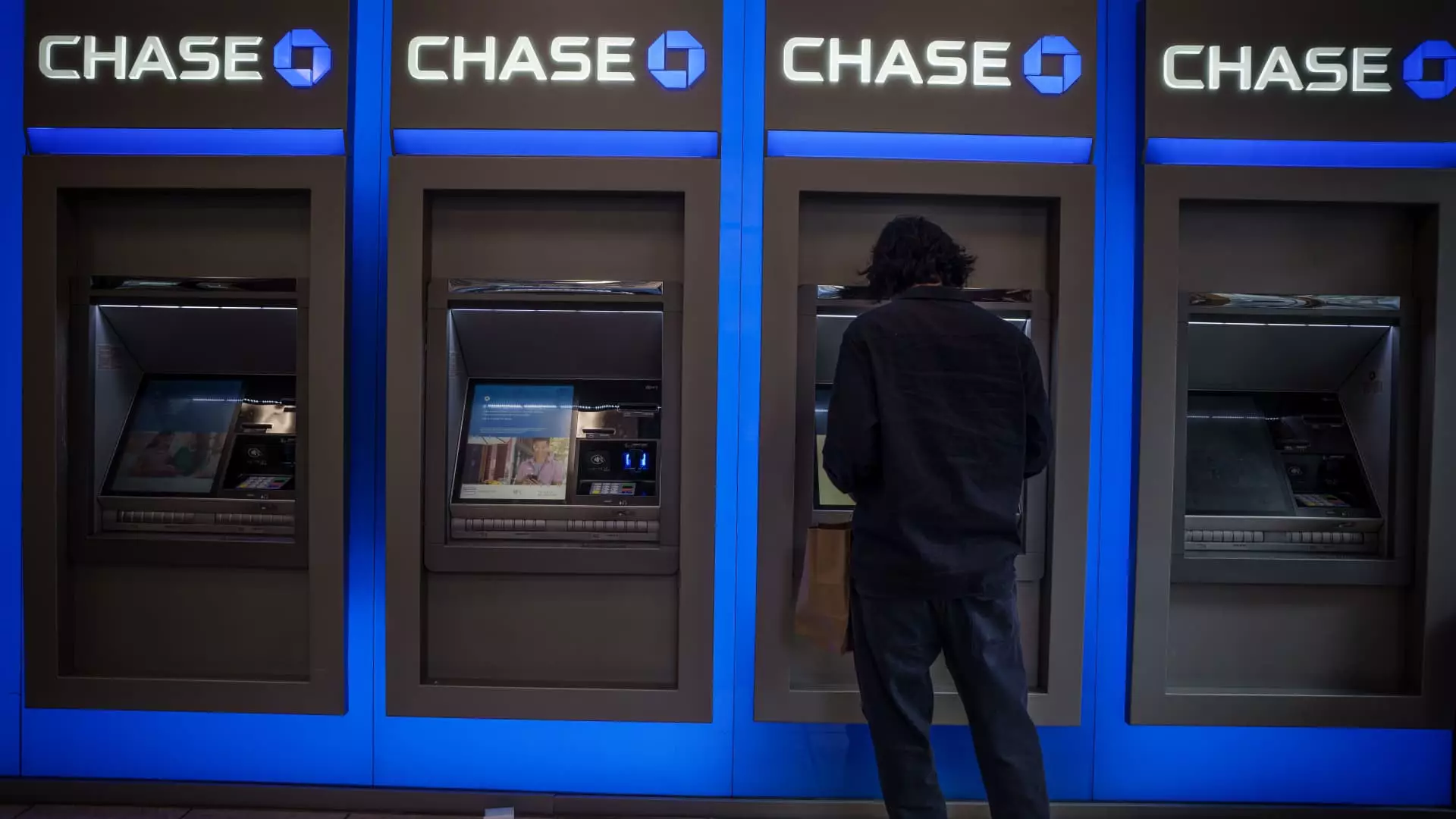In recent months, social media has played a vital role in drawing attention to unlikely scams and glitches that have taken the financial world by storm. One such incident, dubbed the “infinite money glitch,” has emerged from the shadows of online platforms like TikTok, resulting in significant financial repercussions for both individuals and major banks. JPMorgan Chase, the largest bank in the United States, has begun filing lawsuits against customers who exploited a inexplicably loose technical measure that allowed them to withdraw funds mistakenly available before checks had cleared. This legal maneuver represents more than just a corporate response; it underscores a pervasive vulnerability within the banking system capable of being inflamed by the viral nature of digital platforms.
The crux of the issue revolves around a technical fault in ATM systems which, for a brief period, permitted users to withdraw money from their Chase accounts after depositing fraudulent checks. A notable case involved a man from Houston who allegedly withdrew nearly $300,000 following a deposit of a counterfeit check for $335,000. The illicit success of his transactions reflected a breakdown within a banking system that typically mitigates risk by making only a percentage of checks available until verification. It is disturbing that even in an age increasingly dominated by electronic transactions, the traditional reliance on paper checks persists, exposing banks and customers alike to lingering threats of fraud.
Despite a swift closure of this loophole by JPMorgan, the ramifications of these exploits remain very real. As of now, the bank is reportedly conducting an extensive review of thousands of related cases, with numbers indicating potential losses that could reach significant heights, although that figure has yet to be publicly confirmed.
In a decisive move this week, JPMorgan has initiated lawsuits across several federal courts, drawing attention to three principal cases that exemplify the magnitude of actions being taken against these fraudsters. Whether the sums involved are as high as nearly $300,000 or modest amounts ranging upwards from $80,000, the message from the bank is clear: it will not tolerate fraudulent activity, and it is willing to take assertive steps to recover its losses.
The pursuit of legal action reflects broader efforts to instill discipline and foster ethical behavior among customers. Interestingly, this isn’t merely a focus on fraudulent withdrawals—JPMorgan also emphasizes the potential ties of some cases to organized crime, pointing to an even more complex web of deceit. By prioritizing higher-value cases, the bank invokes expectations of accountability.
What amplifies concern regarding this incident is the alarming speed with which misinformation and fraudulent practices can spread through social media platforms. The viral nature of content has become a distinct vector for hackers and fraudsters, quickly disseminating strategies that take advantage of financial loopholes. In this context, the “infinite money glitch” is less a simple malfunction and more an alarming indication of how easily a technological flaw can be exploited.
In protecting consumer trust, financial institutions not only need to close identified loopholes but also reconsider how systems are designed to safeguard against misuse. In an era where fraud can travel around the globe within seconds, banks must innovate and adapt their security measures continuously.
The Road Ahead
The implications of JPMorgan’s actions extend beyond mere recovery of funds; they set a precedent regarding the bank’s intolerance for fraud, aligning with a broader narrative about maintaining integrity in the financial sector. As investigations unfold, expect heightened scrutiny of both individual actions and social media content that could potentially incite similar fraudulent behavior.
As institutions continue to grapple with these digital challenges, their responses need to include not just legal actions but extensive educational initiatives aimed at empowering consumers to recognize and avoid emerging scams. Only through vigilance, collaboration between banks and law enforcement, and proactive consumer education can confidence in the banking system be restored and maintained amid the evolving landscape of financial fraud.


Leave a Reply